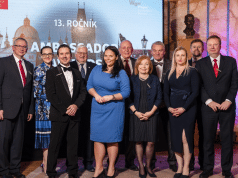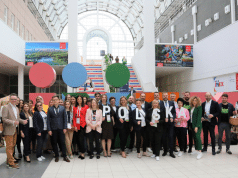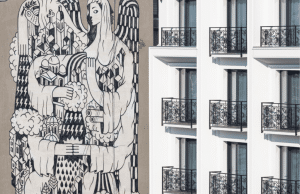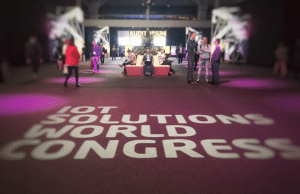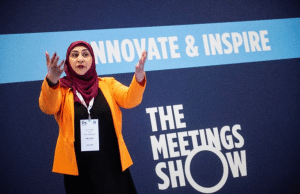
Martin Schnaack, CEO at Avantgarde

Q: What is the difference between events, brand experience and experience marketing?
Events are typically quite amorphous in nature, taking on many different forms with a prismatic focus on the exposure of a particular product, cause or organisation. Typically, the event can be centred on digital and physical channels ranging from music festivals, pop-up shops, social media events and even sporting events.
A brand experience is the direct result of an individual’s interaction with a brand. It is through the brand’s holistic attributes and qualities, in which an individual perceives a brand in a personal manner. It can therefore be described as interactive and transactional in nature. This is through the creation of meaningful experiences with a brand that can be activated through events, experience marketing and other methods. This can either increase or reduce an individual’s perception of the brand.
Experience marketing, on the other hand, relies on an active participant’s engagement with content produced by a brand. This is a type of marketing that can elicit the creation of a brand experience. This can be accessible through events and other media that a brand commissions, with a specific purpose of creating a tangible and engaging experience for the individual. This can in turn produce an ‘experience’ for a particular brand that is perceived by the individual through direct engagement with the content. It can produce physical and emotionally resonant experiences for the targeted individual through a proactive engagement with the brand and the experience it wishes to produce.
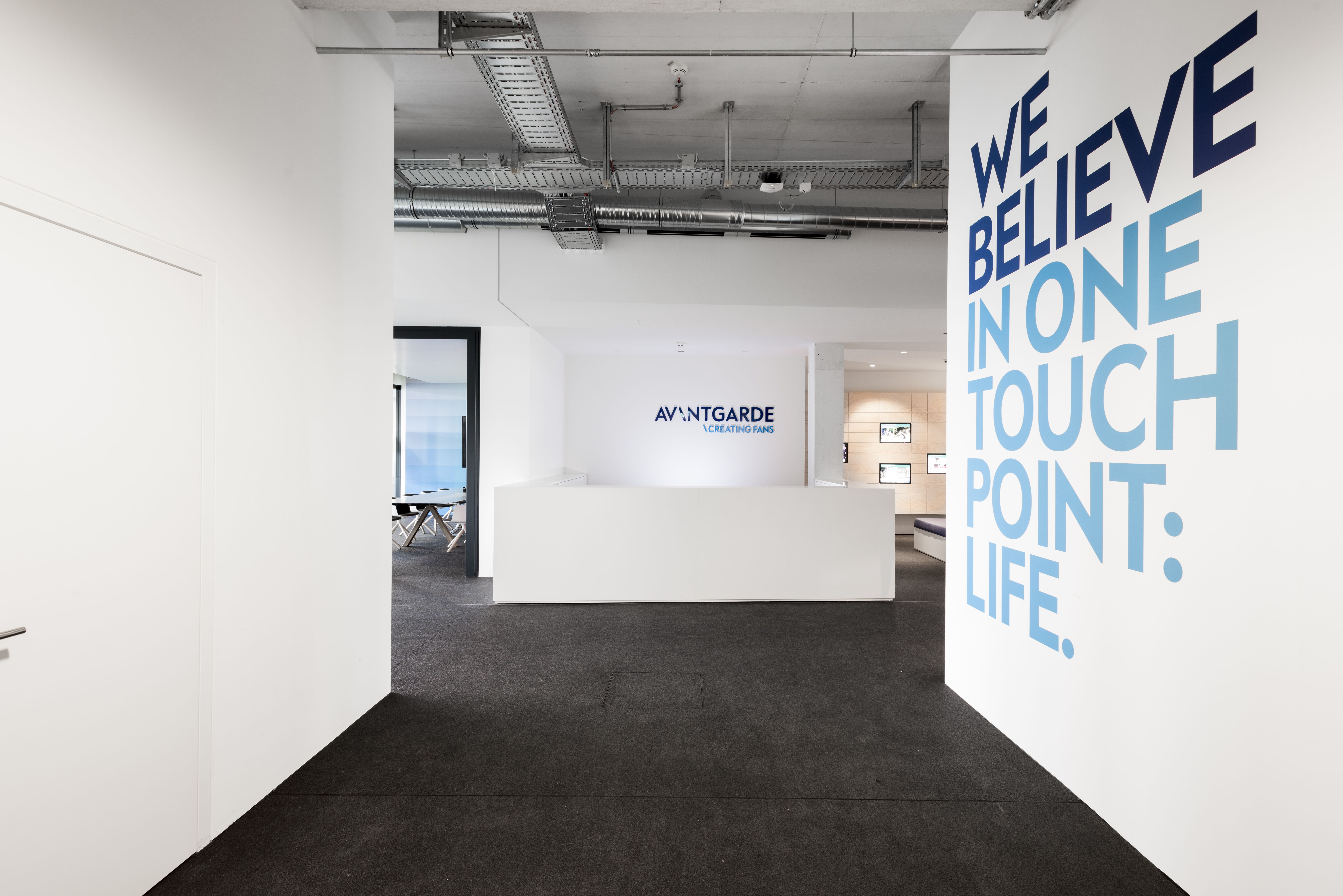
Q: Why do experiential marketing events work best?
Experiential marketing goes beyond physical events; it immerses customers in the brand’s world. Experiential marketing creates emotional links between the brand, its products and the consumers – thus building a stronger brand affinity than conventional marketing activations.
It is more important than ever to deliver truly immersive experiences. Expectations of brands to entertain are high, especially from younger consumers. With brand touch points at people’s fingertips, it is important to achieve a sufficient cut-through.
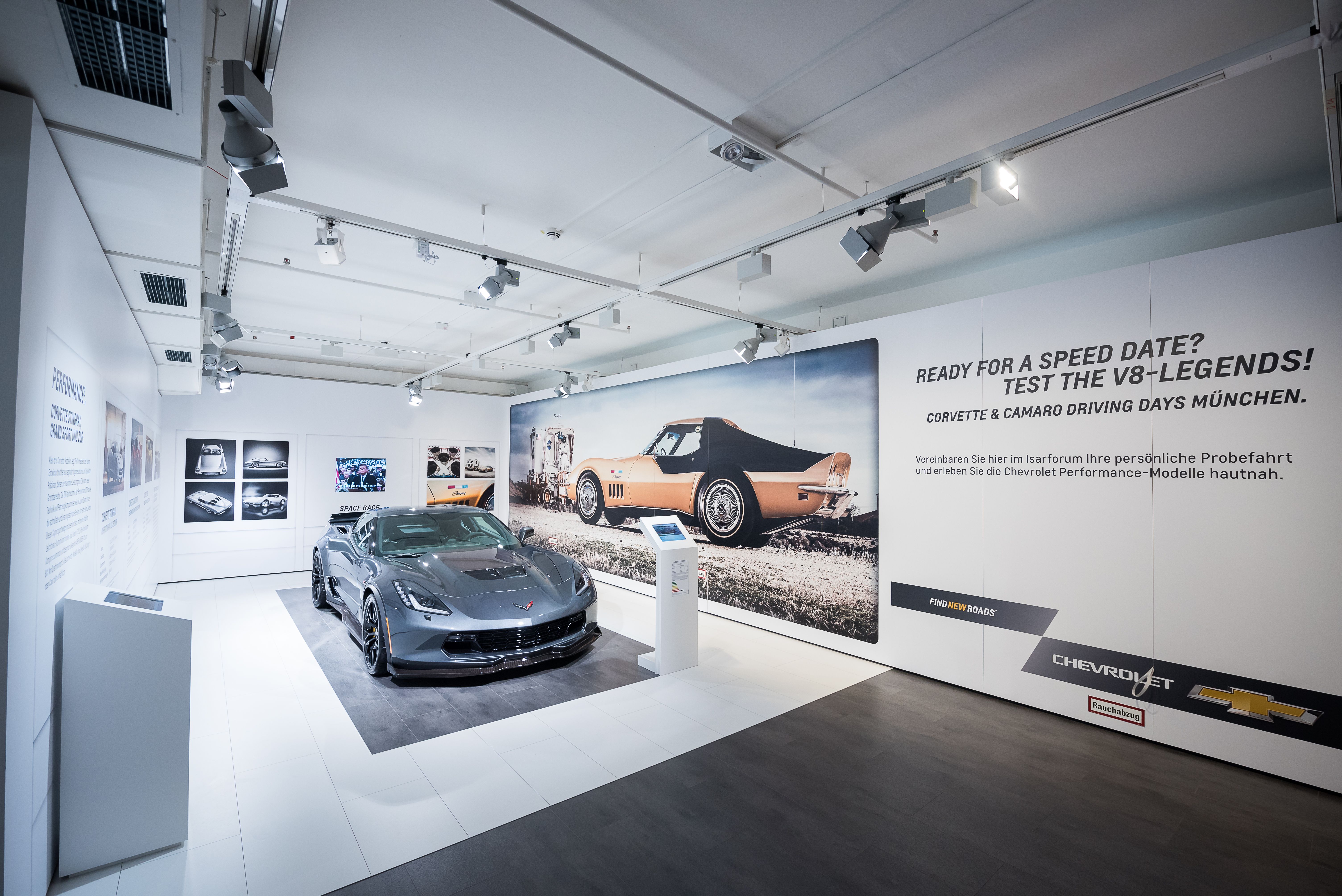
Q: What kind of results can experiential marketing bring in comparison to other marketing activity?
Experiential marketing activities evoke deep emotions like joy, fun or trust. At the same time, these emotions are tied to the brand providing the activation. Experiential marketing builds emotional links between brand and customer, thus building a stronger brand affinity and loyalty.
Experiential marketing makes a brand tangible for its consumers, drawing the audience into the brand’s world of values. As soon as the consumers start to identify with a brand they become brand ambassadors – real brand fans – who are carrying the brand’s values by word of mouth. For us, this is marketing at its best.
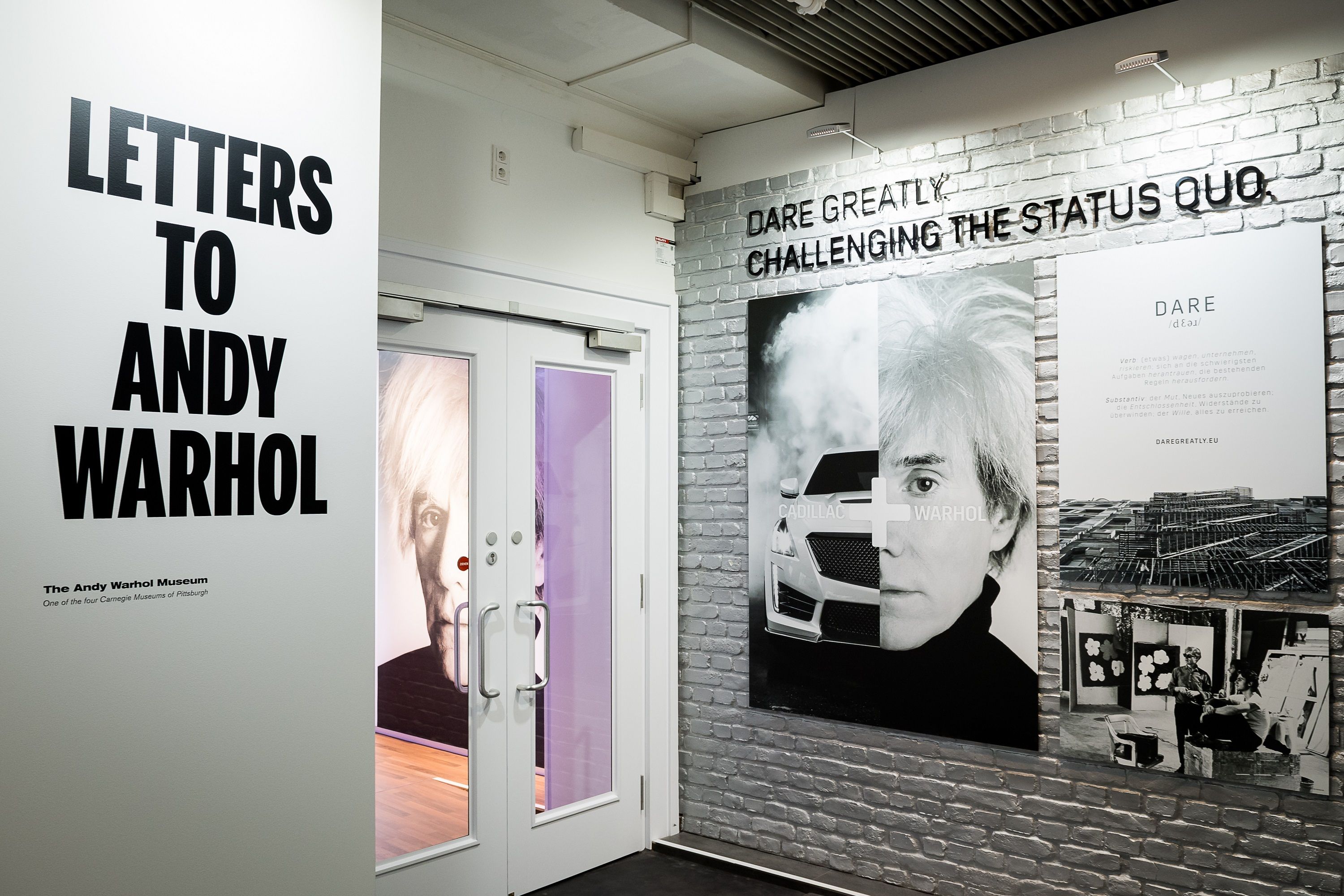
Q: What are the latest trends in experiential marketing?
Experiential marketing moves from singular events and brand activation towards brand platforms that offer recurring touch points in both real life and digital channels.
These platforms merge experiential marketing into content marketing (social media) and influencer marketing.
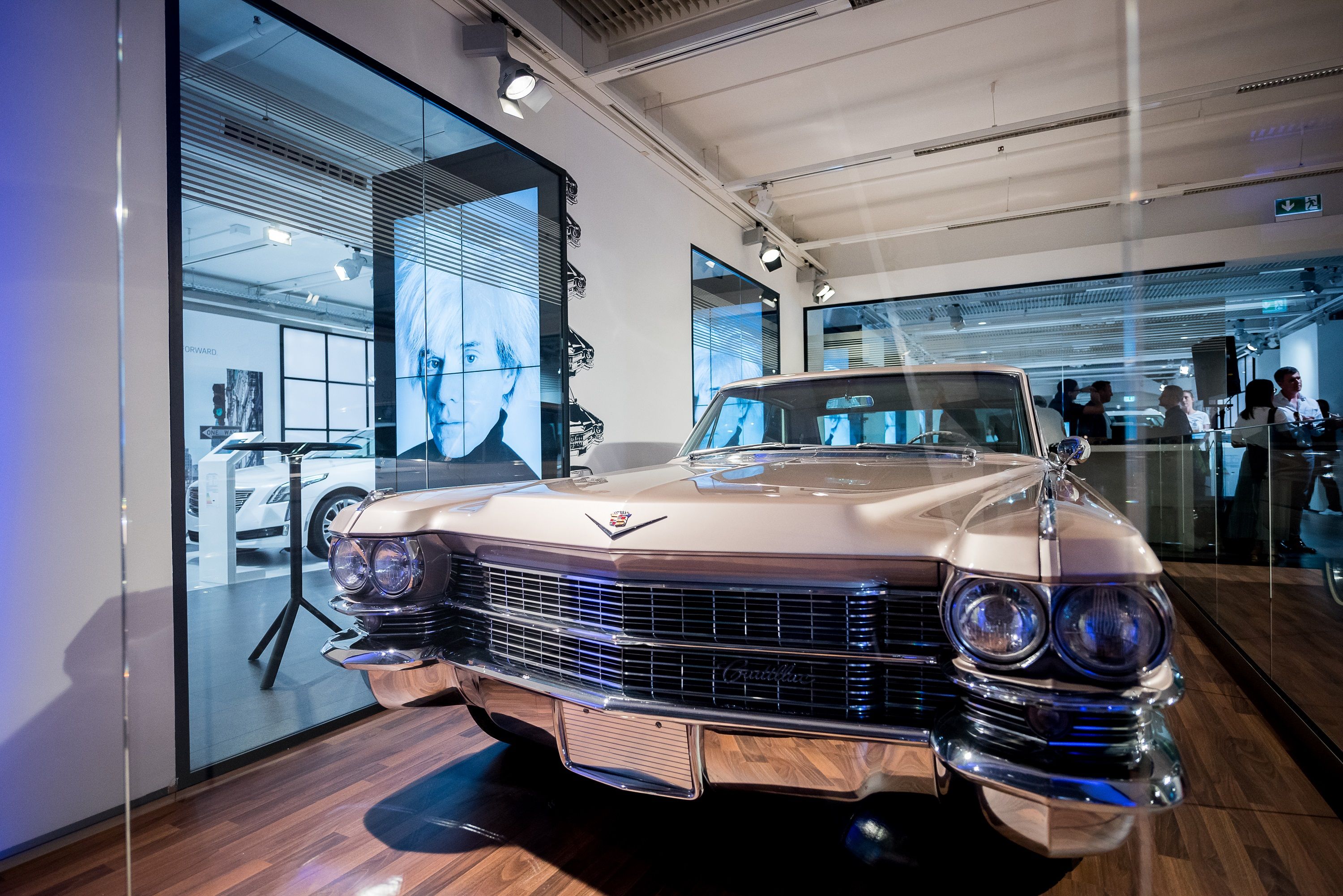
Q: What has been your favourite project to work on so far and why?
A lifestyle boutique for a luxury automotive brand. This was a departure from the conventional dealership sales model, taking the brand to a new younger audience. The boutique pops up at premium shopping centres and invites shoppers to immerse themselves in ‘the home of the brand’, mixing physical and digital experiences with art curation and conversation spaces, encouraging personal content creation and amplification.
More recently the Cadillac House Europe comes to mind. Cadillac opened the first branch of the original Cadillac House USA for Europe. It was designed and structured as a meeting place for the public where innovators, creative minds and curious people get together and inspire each other. The Cadillac House Munich hosted the showroom of the future. The newest car models are shown in an interactive, informative and attractive surrounding. Flanking the exhibition space, the exhibition ‘Letter to Andy Warhol’ took place at the Cadillac House in Munich for three weeks. It was the only place in Europe where the unique art collection was shown.
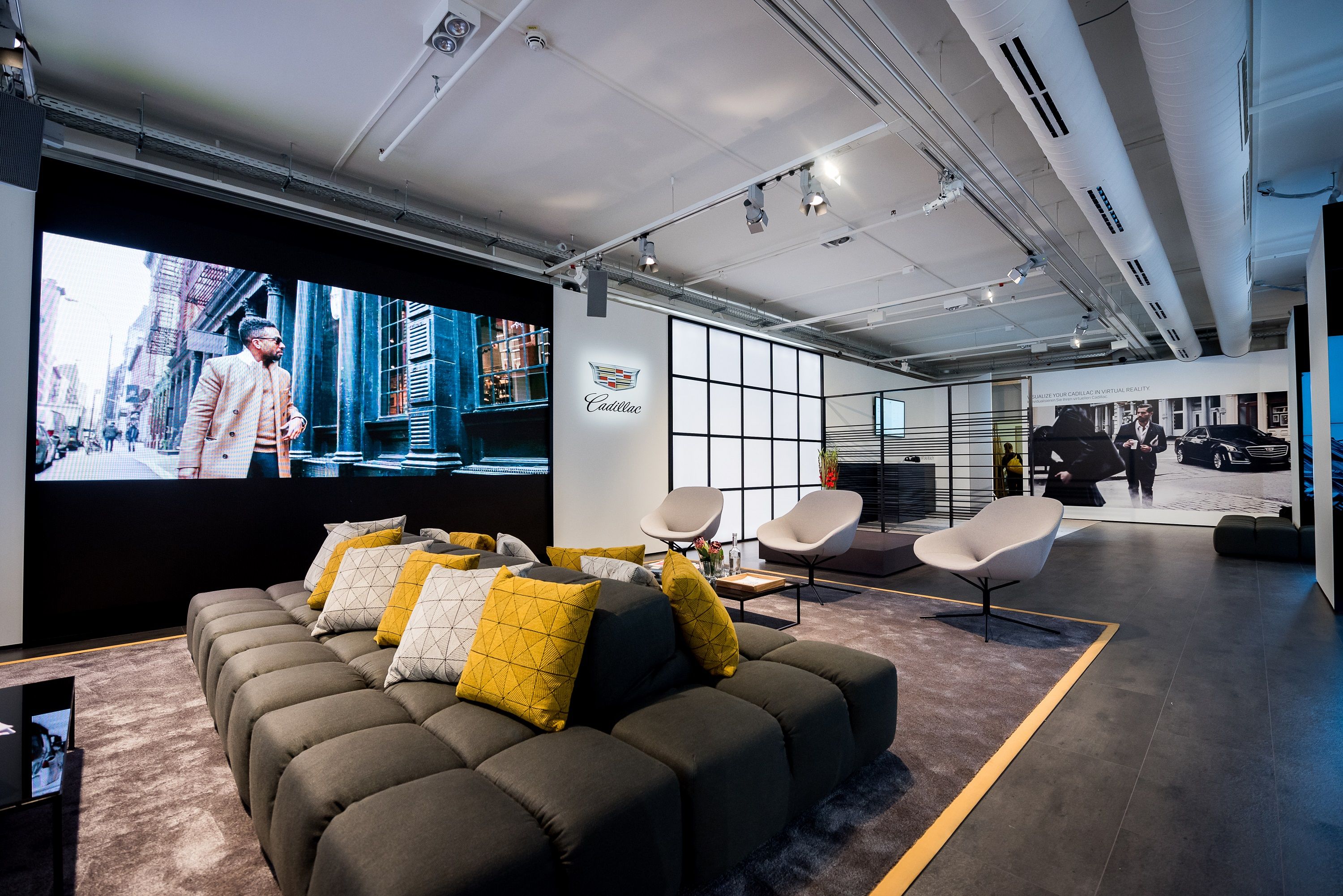
Q: What is the best book you’ve read on experiential marketing or marketing in general?
Maybe not the latest release, but to me Brian Solis’s ‘X: The Experience when Business meets Design’ still holds its ground.



